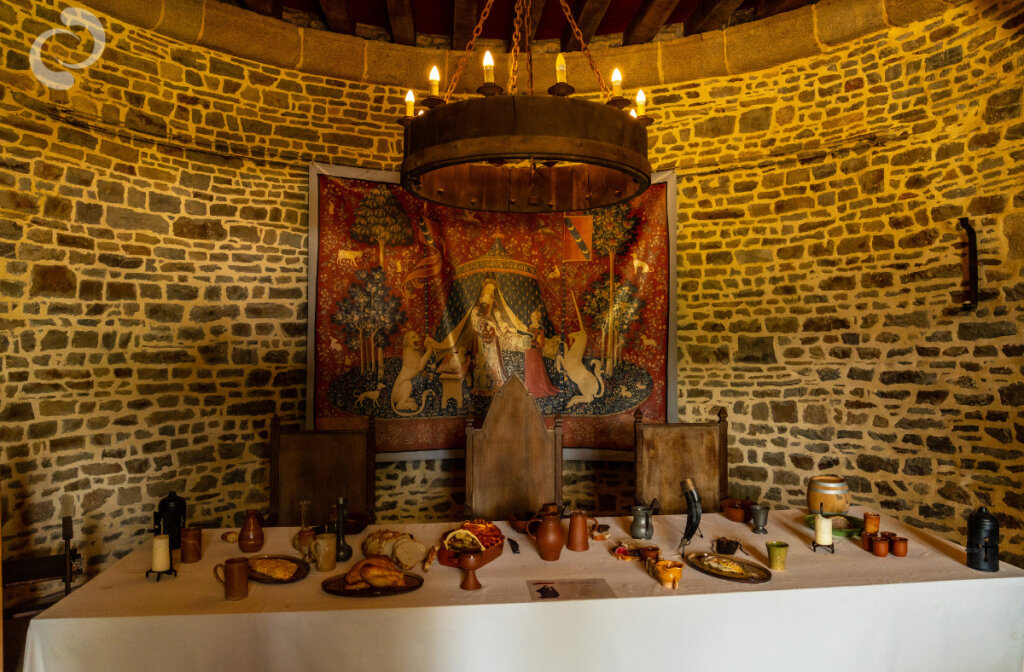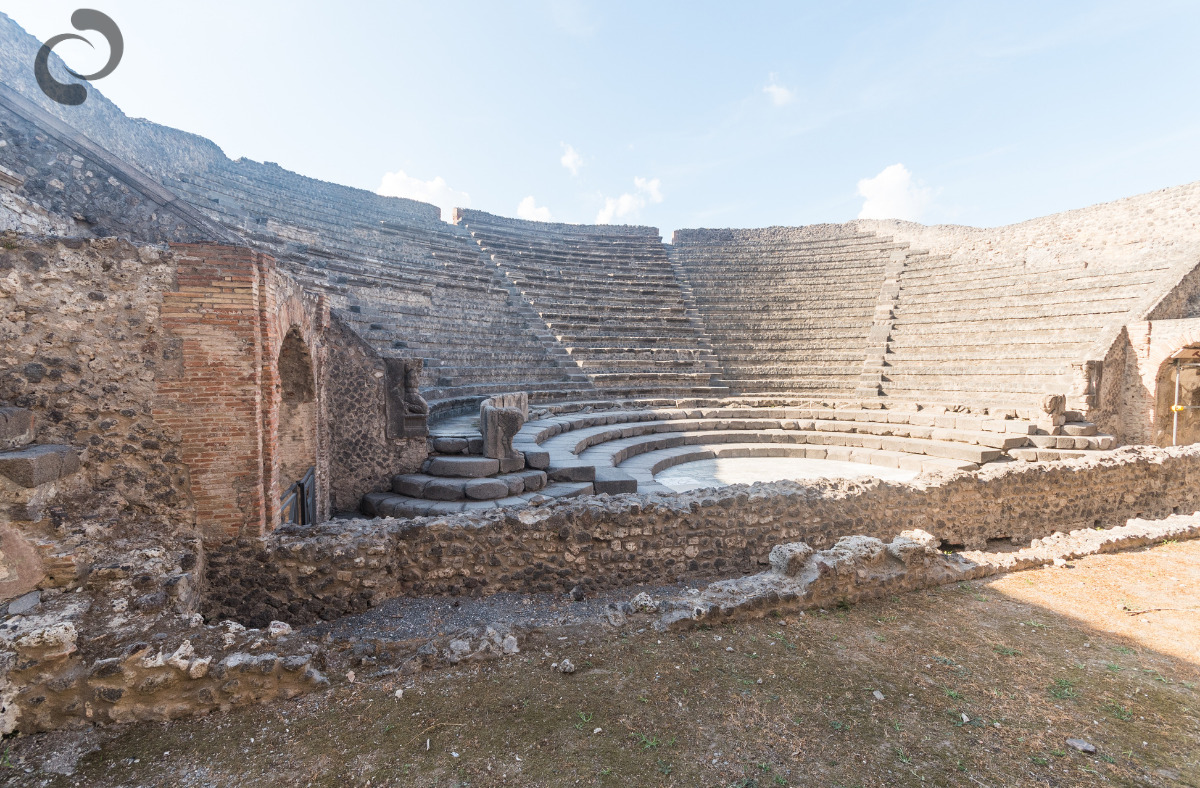Event planning is the process of designing, organizing, and executing events such as meetings, conferences, exhibitions, festivals, weddings, and more. Event planning involves various aspects such as budgeting, venue selection, catering, entertainment, marketing, and logistics. Event planning is not a new concept, but it has evolved significantly over time with the changes in society, culture, technology, and business.
In this content, we will explore how event planning has changed over the years, from the ancient times to the modern era, and what are the current trends and challenges in the industry.
Event Planning in Ancient Times
The earliest forms of event planning can be traced back to the ancient civilizations, such as Egypt, Greece, Rome, China, and India, where events were mainly held for religious, political, or social purposes. Events such as ceremonies, rituals, festivals, games, and competitions were used to celebrate gods, honor rulers, mark seasons, or entertain the masses. These events were often large-scale and elaborate, requiring careful planning and coordination by priests, officials, or organizers.
Some of the most famous examples of events in ancient times include:
- The Olympic Games in Greece, which started in 776 BC and were held every four years to honor Zeus, the king of the gods. The games featured various athletic contests, such as running, wrestling, boxing, chariot racing, and discus throwing, as well as artistic and cultural events, such as poetry, music, and drama.
- The Roman Triumphs, which were lavish parades and ceremonies to celebrate the victories of Roman generals and emperors. The triumphs involved the display of spoils, captives, and trophies, as well as sacrifices, banquets, and games. The triumphs were held in the city of Rome, along a route that passed through the main monuments and temples, such as the Arch of Titus, the Colosseum, and the Pantheon.
- The Chinese New Year, which is the most important festival in the Chinese calendar and dates back to the Shang Dynasty (1600-1046 BC). The festival marks the end of the winter and the beginning of the spring, and is celebrated with various customs and traditions, such as cleaning the house, wearing red clothes, exchanging gifts, setting off fireworks, and performing lion and dragon dances.
Event Planning in the Middle Ages
The Middle Ages, also known as the Medieval Period, spanned from the 5th to the 15th century, and saw the rise and fall of various kingdoms, empires, and cultures, such as the Byzantine, Islamic, Mongol, and European. Events in this period were mainly influenced by religion, warfare, and feudalism, and were used to express faith, loyalty, or power. Events such as crusades, pilgrimages, coronations, weddings, tournaments, and fairs were common and popular in the Middle Ages.
Some of the most notable examples of events in the Middle Ages include:
- The Crusades, which were a series of religious wars between the Christians and the Muslims for the control of the Holy Land, especially Jerusalem, between the 11th and 13th centuries. The crusades involved thousands of soldiers, knights, and nobles, who embarked on long and perilous journeys across Europe, Asia, and Africa, to fight for their cause and their faith. The crusades had a significant impact on the history, culture, and politics of the regions involved, as well as on the development of trade, travel, and communication.
- The Royal Weddings, which were the marriages of kings, queens, princes, and princesses, who often belonged to different countries or dynasties, and whose unions had political, diplomatic, or strategic implications. The royal weddings were usually grand and extravagant, involving elaborate ceremonies, lavish feasts, and splendid entertainment. The royal weddings were also attended by many guests, such as nobles, clergy, ambassadors, and foreign dignitaries, who witnessed the exchange of vows, rings, and gifts.
- The Medieval Fairs, which were large-scale markets and festivals that took place in towns and cities across Europe, especially during the spring and summer months. The fairs attracted merchants, craftsmen, farmers, and entertainers, who came to sell, buy, or trade their goods and services, such as cloth, spices, metal, pottery, livestock, and more. The fairs also offered various forms of amusement, such as music, dance, theater, games, and sports, as well as food and drink, such as ale, wine, bread, and cheese.

Event Planning in the Modern Era
The Modern Era, also known as the Contemporary Period, covers the 16th century to the present day, and is characterized by the rapid and profound changes in the fields of science, technology, industry, and society. Events in this period reflect the diversity, innovation, and globalization of the modern world, and are used to showcase, educate, or entertain. Events such as exhibitions, concerts, conferences, festivals, and more are widespread and varied in the modern era.
Some of the most remarkable examples of events in the modern era include:
- The World’s Fairs, which are large-scale international exhibitions that display the achievements, inventions, and cultures of various countries and regions. The world’s fairs started in the 19th century and continue to the present day, with some of the most famous ones being the Great Exhibition in London in 1851, the Eiffel Tower in Paris in 1889, the Chicago World’s Fair in 1893, and the Expo 2020 in Dubai.
- The Live Aid Concerts, which were simultaneous benefit concerts that took place in London and Philadelphia on July 13, 1985, to raise funds and awareness for the famine in Ethiopia. The concerts featured some of the most popular and influential musicians and bands of the time, such as Queen, U2, Madonna, David Bowie, and more. The concerts were broadcast live to over 150 countries and reached an estimated audience of 1.9 billion people, making them the largest-scale satellite link-up and television broadcast of all time.
- The TED Conferences, which are annual events that bring together some of the most inspiring and innovative thinkers and doers from various fields and disciplines, such as technology, entertainment, design, science, art, and more. The TED conferences started in 1984 and have since expanded to include various spin-offs, such as TEDx, TED-Ed, and TED Talks. The TED conferences aim to spread ideas that are worth sharing and spark curiosity, creativity, and change.
The Current Trends and Challenges in Event Planning
Event planning is a dynamic and evolving industry that faces new trends and challenges every year. Some of the current trends and challenges in event planning are:
- Technology: Technology is a key factor that influences and enhances event planning in many ways, such as improving communication, engagement, interaction, and feedback. Technology also enables new and innovative formats and features, such as virtual, hybrid, and gamified events, as well as augmented and virtual reality, artificial intelligence, and biometrics. However, technology also poses some challenges, such as security, privacy, and accessibility issues, as well as the need for constant updates and upgrades.
- Sustainability: Sustainability is a major concern and priority for event planners and attendees alike, as they become more aware and conscious of the environmental and social impacts of events. Sustainability involves reducing the carbon footprint, waste, and resource consumption of events, as well as promoting the social and economic benefits and opportunities for the local communities and stakeholders. Sustainability also requires creativity and collaboration, as well as the adoption of best practices and standards, such as the ISO 20121.
- Diversity and Inclusion: Diversity and inclusion are essential and valuable aspects of event planning, as they reflect and respect the diversity and inclusion of the world and the people. Diversity and inclusion involve ensuring that events are accessible, welcoming, and representative of all people, regardless of their age, gender, race, ethnicity, religion, disability, sexual orientation, or any other identity or background. Diversity and inclusion also involve celebrating and embracing the differences and similarities of people, as well as fostering a culture of learning, understanding, and appreciation.
- Personalization: As audiences become more sophisticated and selective, event planners are expected to offer more personalized and customized experiences, such as tailored content, interactive sessions, and feedback mechanisms.



